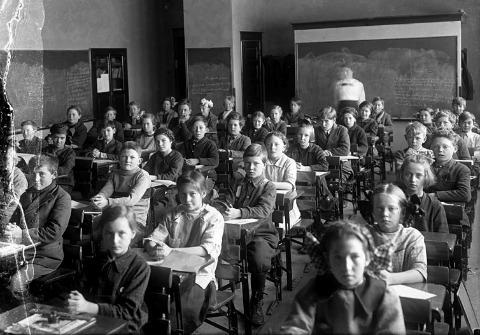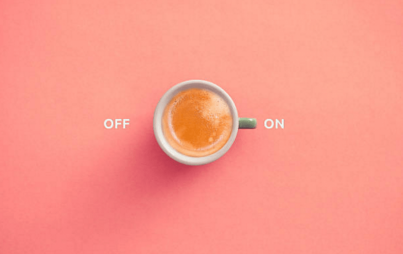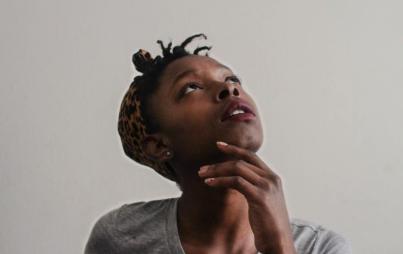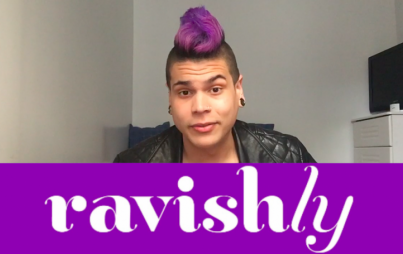
A hot topic in education is the effect peers have on performance. It stands to reason—backed up by research—that if your friends blow off their homework and just hit the hoops, you’re less likely to be a book worm, and if they are all honors students on the debate team, you’re more likely to aspire academically.
Well a team of researchers got access to do what academics like best: a social experiment. (Those sick bastards.) They were allowed to arrange peer groups to test the effects of different pairings—at the U.S. Air Force Academy no less!
Let’s back up: The academy is one of the military’s elite training schools. It’s difficult to get in, and it’s difficult to get through, with mentally, physically and emotionally-demanding courses, training and drills. In this high-stress, high-competition environment, administrators noticed two things. One, that the cadets who dropped out were typically the weakest academically. Two, that weaker students began performing better if they happened to be in squadrons with academically-stronger students.
So, in come the researchers, to test if purposefully rearranging the squadrons with the goal of helping the weakest students will increase their GPA, reduce dropout numbers and bring about all manner of scholastic bliss.
For two years (pretty long for a social experiment), they separated out the middling students into their own squadrons, then paired the lowest and highest performers together in the remaining squadrons so that the strong students would rub off on the weak ones.
So? Did this grouping scheme in fact bring about all manner of scholastic bliss?
No. In fact, the weak performers paired with high performers actually had lower GPAs than did weak correlates in a control group. Resounding failure! Since academics try to be ethical in the modern age, as soon as they realized the experiment was harming the least able students, they desisted with the intentional groupings.
What went wrong? Turns out the strongest students and weakest students were worlds apart socially, and like ethnicity-based prison gangs, when thrown together turned to their own kind: weak students with weak students, strong students with strong. This served to undermine the intention of the experiment: now that the weak students kept to themselves, their performance collectively went down.
Turns out those middling students that seemed so inconsequential were actually completely consequential: the average Joe's acted as social glue between the best and worst students, and their presence probably allowed the better performance tendencies to filter down to the weak students. When the researchers took out the common bros, they removed the glue from the system.
Moral of the story: If you really want to make a difference, don’t reach for the stars; just be a little better than some, and a little worse than others. You may never excel, but you’ll do a heavy for those at the bottom.
Oops, there’s more. In the experiment, researchers found that the middle group actually did better than they had previously! When they didn’t have the best and worst students sapping their precious, completely average life force, their test scores went up.
Moral of the story: Policy makers can’t win. If you mix students up, middle students are adversely affected. If you pull the middlers out, the weakest students do worse. But hey, the 1 percenters are still on top, and in the end, isn’t that what really matters?
Image: commons.wikimedia.org






